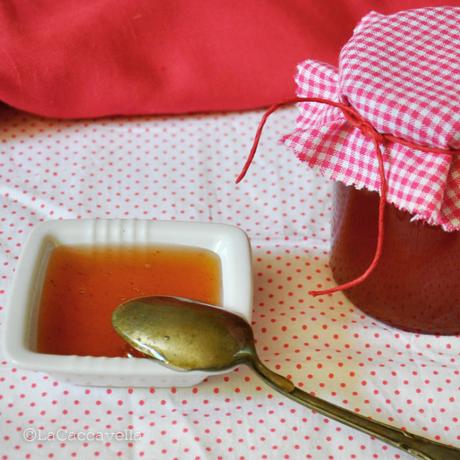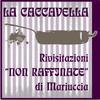[White currant jelly with brown sugar] scroll for english version
L’orto di famiglia è in piena attività. I piccoli frutti abbondano e la raccolta si intensifica, per ora ribes bianchi e ciliege. Ci abbiamo provato anche con i ribes rossi e con i mirtilli, ma sembra che quelli bianchi abbiano preso il sopravvento.
La coltivazione è molto facile, si tratta di piante molto resistenti, che ben sopportano anche il clima più rigido. Hanno un gusto particolare, molto acidulo, ma con aroma e profumo inconfondibili. Sono ricchi di minerali e vitamine, hanno proprietà antinfiammatorie, diuretiche e depurative, e sono utili per contrastare la fragilità dei vasi capillari. Anche le foglie contengono sostanze con proprietà terapeutiche e vengono quindi utilizzate per la preparazione di tisane e tinture madre con effetto diuretico e per ridurre il tasso di colesterolo nel sangue.
Ottimi sulle macedonie e da consumare freschi. Tranne in caso di raccolto abbondante, essendo molto delicati non durano molto una volta raccolti. Quindi potete optare per il freezer o per la marmellata.
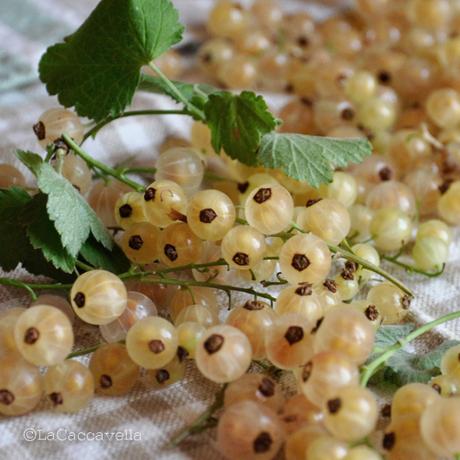
Se preferite conservarli freschi, basta sgranarli, pulirli e congelarli in piccoli contenitori. Saranno subito pronti per guarnire un gelato, una crostata o una macedonia fresca.
Il ribes bianco è ricchissimo di pectina, ben si presta quindi alla preparazione di gelatine. Il gusto asprigno è perfetto per accompagnare piatti di carne, come il brasato o la selvaggina. Oppure con i formaggi stagionati per un aperitivo sfizioso, come il miele d’uva. L’avete mai provato? Qui trovate la ricetta, così siete preparati per la vendemmia ;)
Ingredienti
- 1 kg di ribes bianchi
- zucchero di canna (pari al doppio del peso del liquido)
- succo e buccia di un limone
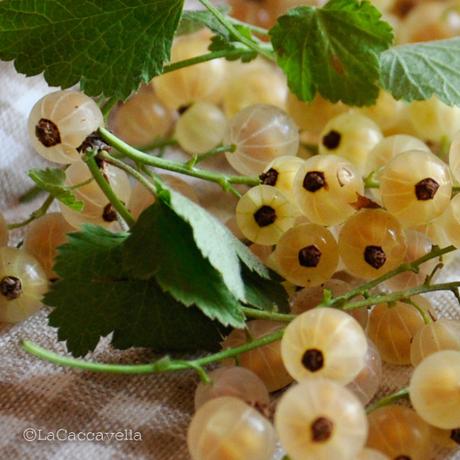
Preparazione
- Sgranare i ribes e privarli delle foglie.
- Lavarli e farli asciugare su un telo pulito.
- Porli in una pentola d’acciaio, schiacciare gli acini con le mani e lasciarli fermentare un paio di giorni in un luogo tiepido con il coperchio.
- Trascorso il tempo necessario, passare il tutto al setaccio, raccogliere il succo e pesarlo.
- Rimettere in pentola, aggiungendo lo zucchero di canna pari al doppio del peso del liquido.
- Aggiungere la buccia del limone, grattugiata finemente e il succo.
- Portare a lenta ebollizione, lasciar cuocere per almeno 30 minuti.
- Invasare quando è ancora calda, in vasetti di vetro puliti e asciutti.
- Chiudere ermeticamente e capovolgere il vasetto per facilitare il sottovuoto.
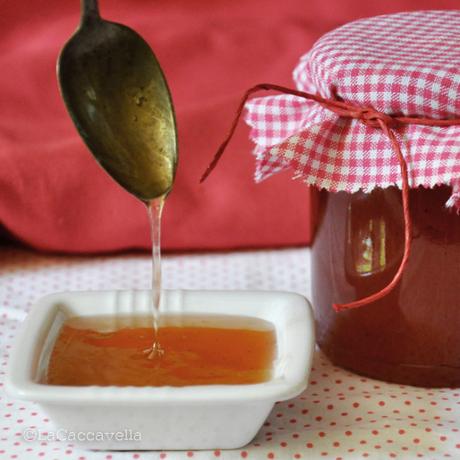
* The family garden is in full bloom. The small fruits abound and harvesting intensifies, now white currants and cherries. Cultivation is very easy, it is very resistant plants that bear well even harsher climate. Have a particular taste, very sour, but with unmistakable flavor. They are rich in minerals and vitamins, have anti-inflammatory, diuretic and cleansing, and are useful to counteract the fragility of capillaries. Even the leaves contain substances with therapeutic properties useful to our body and are then used for the preparation of herbal teas and tinctures mother with diuretic effect and for reducing the rate of cholesterol in the blood.
Excellent on salads and to be consumed fresh. Except in case of bumper harvest, being very sensitive not last much once collected. Then you can opt for the freezer or jam. The white currant is rich in pectin, so well suited to the preparation of jellies. The sour taste is perfect with meat dishes, such as braised beef or venison. Or with mature cheeses place for an aperitif, as the grape honey. Have you ever tried? Here you will find the recipe, so you are prepared for the harvest;)
Ingredients
- 1 kg of white currants
- cane sugar (equal to twice the weight of the liquid)
- juice and zest of one lemon
Preparation
- Shell the currants and deprive them of the leaves.
- Wash them and dry them on a clean towel.
- Place them in a pot of steel, crush the grapes by hand and left to ferment for a few days in a warm place with the lid.
- After this time, pass through a sieve, collecting the juice and weigh it.
- Put in pot, adding the brown sugar equal to twice the weight of the liquid.
- Add the lemon zest, finely grated and juice.
- Bring to a gentle boil, simmer for 30 minutes.
- Pot while it is still hot, in glass jars clean and dry.
- Close tightly and invert the jar to facilitate the vacuum.
